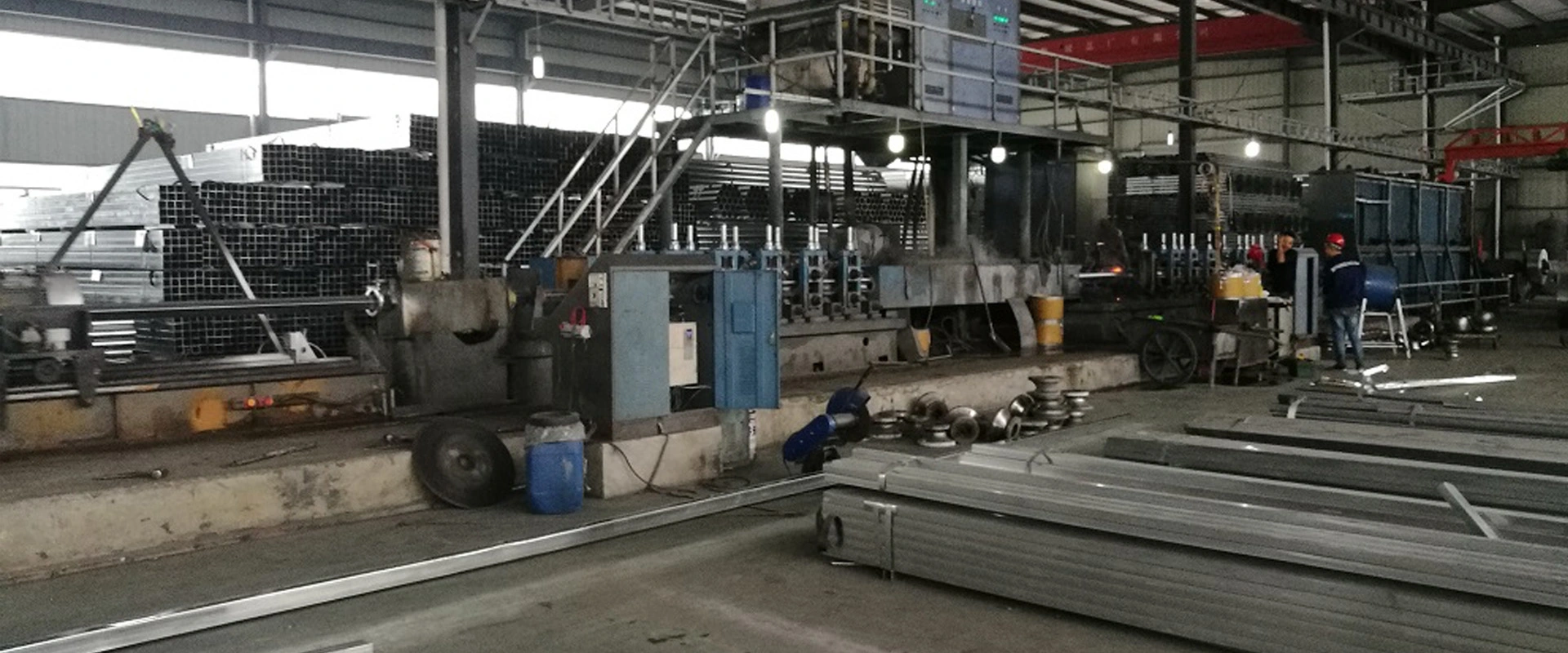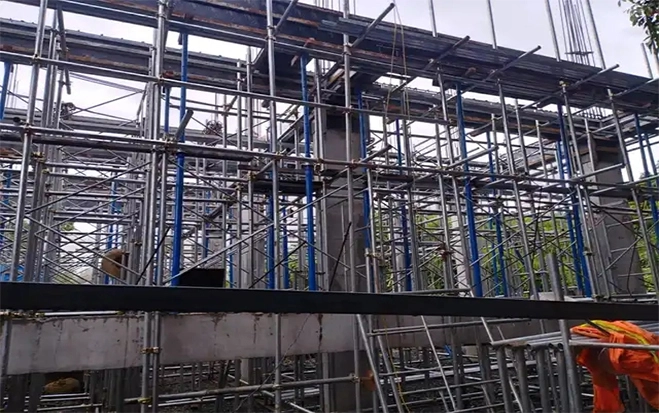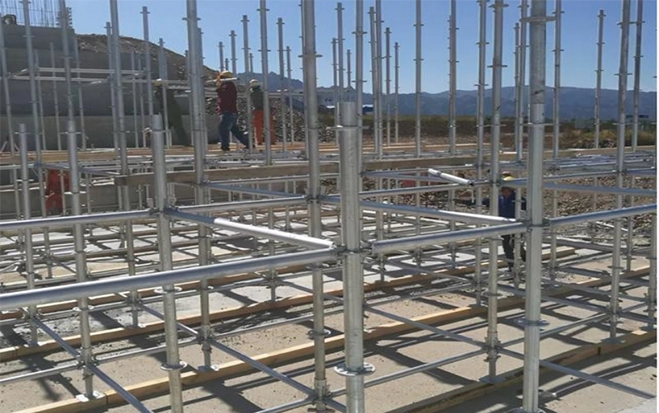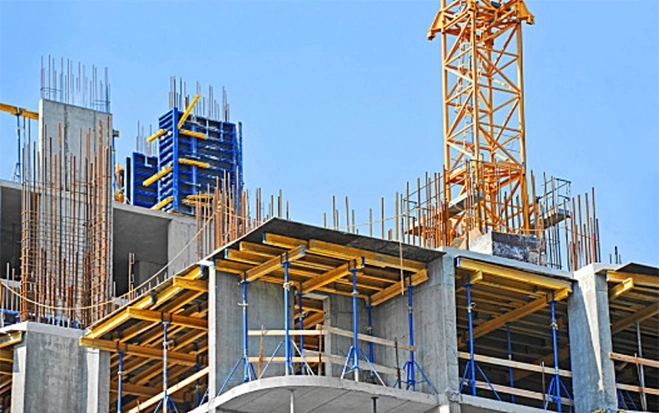
Welded steel pipe is a type of pipe manufactured by taking a solid metal plate or strip, heating it until it reaches its melting point, and then cooling the material. This process allows the edges of the metal plate or strip to fuse together, creating a seamless bond. This method is widely used in various industries for its efficiency and the strong, durable pipes it produces.
Welded steel pipe is a type of pipe manufactured by taking a solid metal plate or strip, heating it until it reaches its melting point, and then cooling the material. This process allows the edges of the metal plate or strip to fuse together, creating a seamless bond. This method is widely used in various industries for its efficiency and the strong, durable pipes it produces.
When choosing between welded and seamless pipes for scaffolding, several factors come into play, each with its own set of advantages. Welded pipes, manufactured by rolling and welding steel sheets, are cost-effective and readily available, making them a popular choice for many scaffolding projects. Their manufacturing process allows for a wide range of diameters and thicknesses, providing flexibility in scaffolding design. However, the presence of a weld seam can be a point of weakness, especially under high stress or corrosive environments, potentially affecting the overall durability and safety of the scaffolding structure.
On the other hand, seamless pipes, made by extruding steel to form a pipe without a weld seam, boast superior strength and uniformity. This seamless construction ensures there are no weak points, making them more reliable under high pressures and loads, which is crucial for ensuring scaffolding safety. Although seamless pipes offer enhanced performance and safety, they come at a higher cost and with less variety in sizes compared to welded pipes.
In summary, the choice between welded and seamless pipes for scaffolding use depends on the project’s specific requirements, budget constraints, and safety considerations. Welded pipes offer cost efficiency and flexibility, while seamless pipes provide superior strength and reliability.
Maintaining and inspecting welded scaffolding is crucial for ensuring the safety and longevity of these structures. Regular maintenance should include cleaning off debris and rust, checking for corrosion, and applying protective coatings as necessary to prevent deterioration. All weld joints should be inspected for signs of wear, cracks, or separation, as these can compromise the structural integrity of the scaffolding.
Inspections should be conducted by qualified personnel before and after assembly, and periodically during use, especially after any incident that could affect the scaffolding’s stability, such as severe weather. Special attention should be paid to the base plates, connections, and load-bearing components. Any damaged or defective parts should be repaired or replaced immediately.
Documentation of inspections and maintenance activities is also important, providing a record of the scaffold’s condition and any actions taken to address issues. This documentation can be crucial for compliance with safety regulations and standards.
By adhering to these guidelines, the safety of workers and the public can be significantly enhanced, and the lifespan of the welded scaffolding can be extended, ensuring it remains a reliable and effective solution for various construction needs.



